How to Select Compaction Machine Based on Soil Type? [PDF]
The Constructor
JULY 11, 2020
Soil compaction is the removal of voids in soil by applying static or vibratory vertical forces, resulting in higher soil density that can withstand.
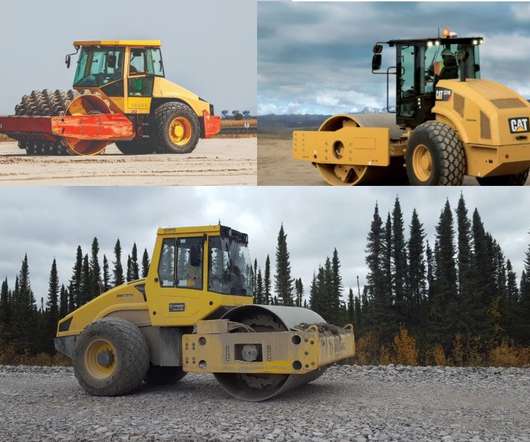
The Constructor
JULY 11, 2020
Soil compaction is the removal of voids in soil by applying static or vibratory vertical forces, resulting in higher soil density that can withstand.
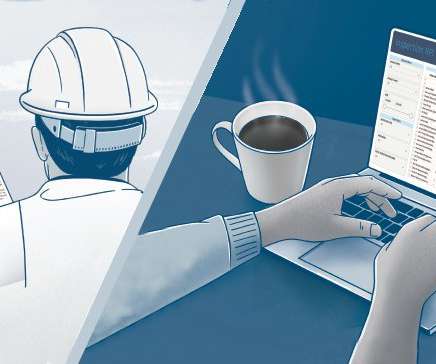
Construction Dive
JULY 11, 2020
Facing unstable markets, safety data can be your foundation for continued business success.
This site is protected by reCAPTCHA and the Google Privacy Policy and Terms of Service apply.
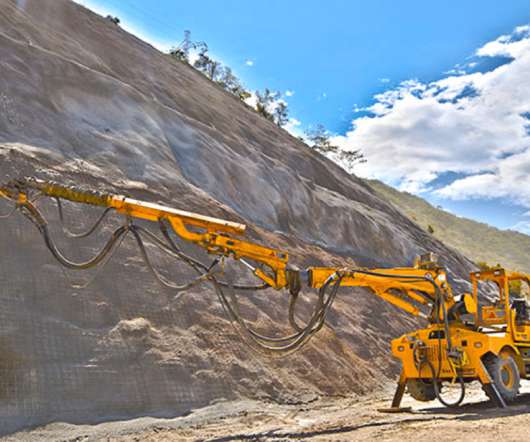
The Constructor
JULY 11, 2020
Unweathered and sound rocks are always considered as an ideal base for building foundations. But in the case of unfavorable rock conditions at any.
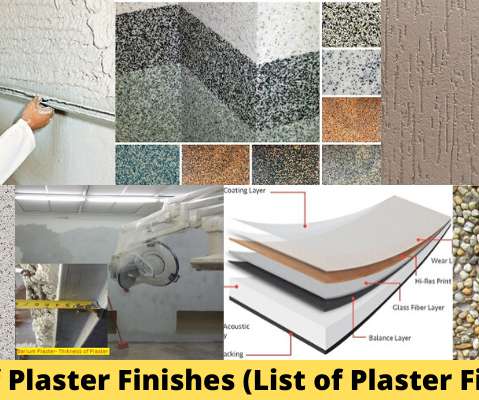
CivilJungle
JULY 11, 2020
Types of Plaster Finishes. After the application of plaster, finishing applied on the final coat of plaster following are some of finishes. • Smooth Coat Finish: • Sand Face Finish: • Rough Cast Finish or Spatter Dash Finish: • Peddle Dash or Day Dash Finish : • Depeter Finish : • Scrapped Finish : • Textured Finish : • Special Material Used in Plastering for Finishing Coat : Smooth Coat Finish: In this type of finish, the finishing coat is a smooth and leveled surface.

Advertisement
The Verdantix Green Quadrant: EHS Software 2023 is an independent third-party analysis of 23 EHS software vendors (including Intelex) that provides an in-depth look at the technical capabilities, application breadth, innovation focus, and momentum of key environmental, health, and safety management software market players. The guide is essential reading for EHS software benchmarking, especially for understanding unique vendor strengths and capabilities.
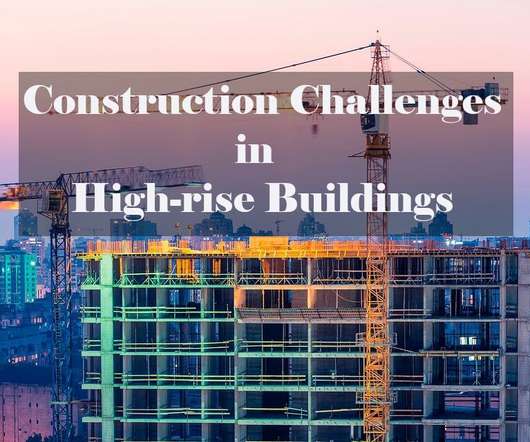
The Constructor
JULY 11, 2020
A high-rise building is a building with a small footprint, small roof area, and immense facades. High-rise buildings have the potential to decongest.
Professional Constructor Central brings together the best content for construction professionals from the widest variety of industry thought leaders.
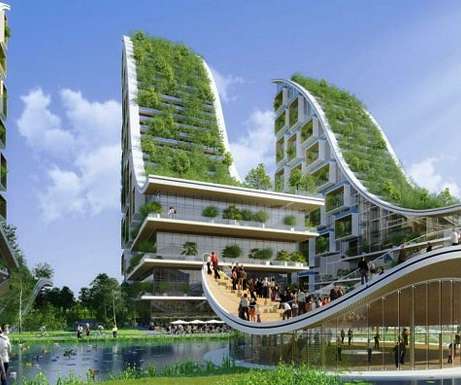
Construction Cost Estimating
JULY 11, 2020
At the point when you're building another house, you're confronted with a wide range of decisions which will affect your life to come, to what extent until your house is done and your spending plan. It's anything but difficult to become involved with the business and overlook that these decisions affect others too, and, all the more extensively, the earth.
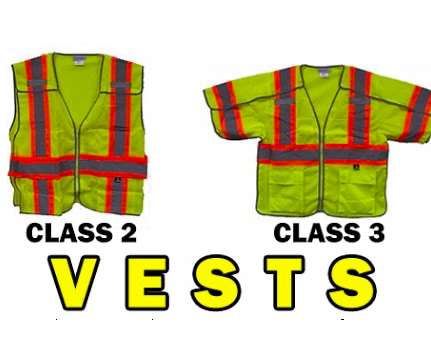
Work Gearz
JULY 11, 2020
According to OSHA safety vest regulations, the difference between class 2 and class 3 safety vests are as follows: ANSI Class 2 Safety Vests: This type of safety vests should be worn by workers near traffic between 25-50 mph, working with heavy machineries, working in inclement weather and working in low visibility conditions. ANSI Class 3 Safety Vests: This type of safety vests should be worn by workers near traffic more than 50 mph and working in dark or zero visibility conditions.
Let's personalize your content